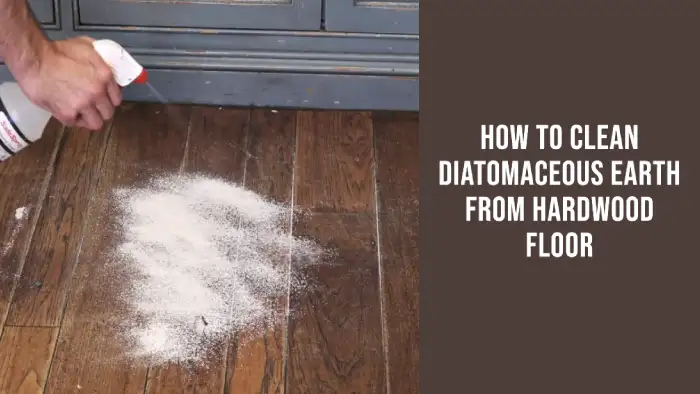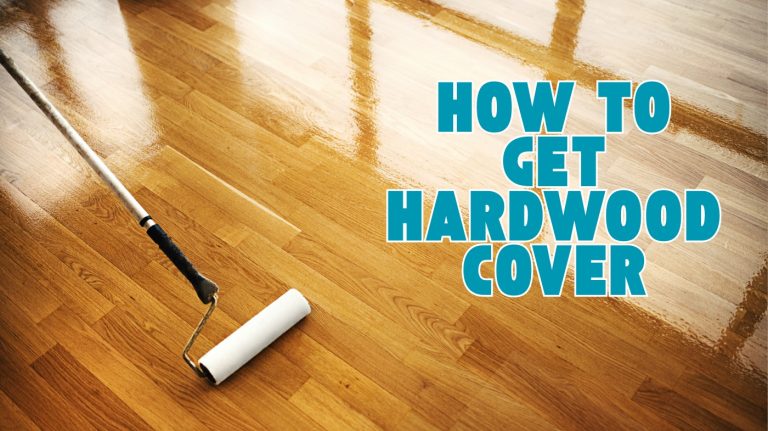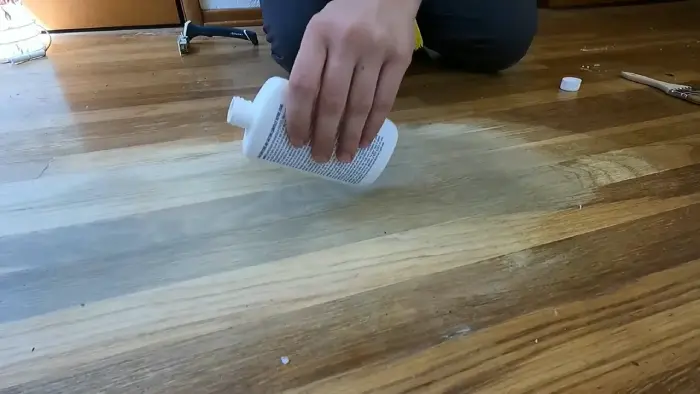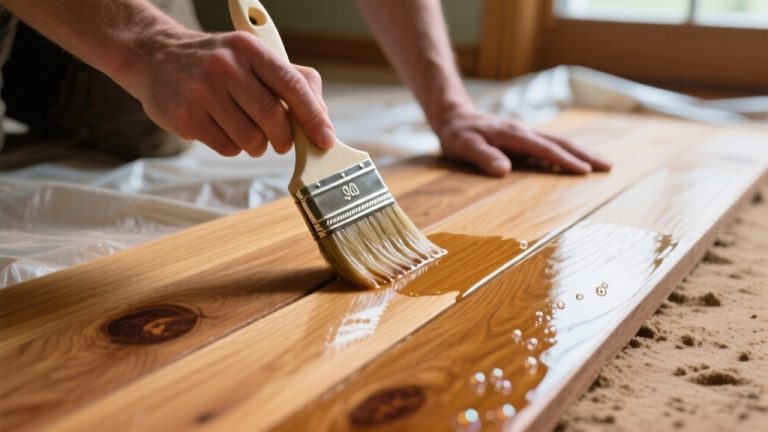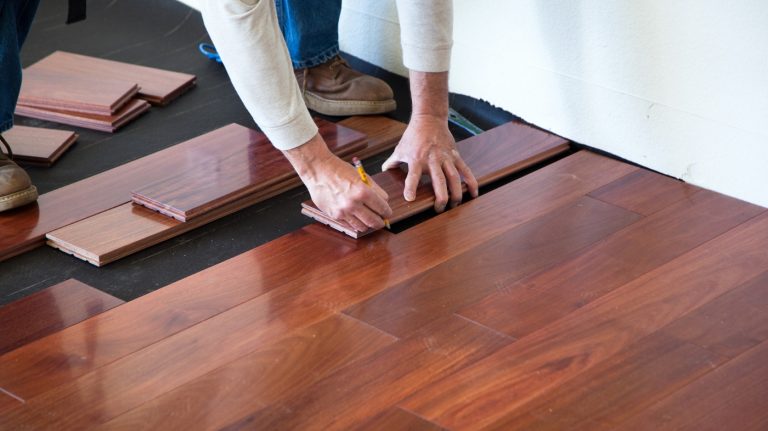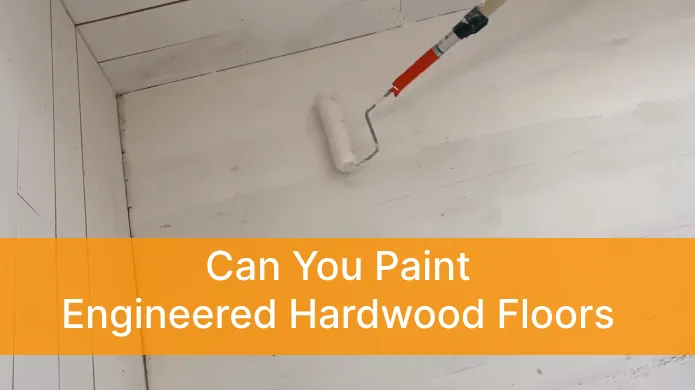How to Clean Diatomaceous Earth From Hardwood Floor: 5 Major Steps
You’ve heard the phrase ‘clean as a whistle,’ but what about when your hardwood floors are covered in diatomaceous earth? This natural substance, made from the fossilized remains of tiny aquatic organisms, is a popular pest control method.
To clean, remove any loose diatomaceous earth particles from the floor with a vacuum, broom, or damp cloth. Then, mop the floors thoroughly using hot water and a PH-neutral detergent.
After mopping your hardwood floors, you’ll need to dry them completely. Then, it’s time to inspect the floors and touch up any areas that may have been missed.
Let’s share how to clean hardwood floors of diatomaceous earth properly. We’ll also discuss why you should clean up this substance and what happens if you don’t.
How Do You Clean Diatomaceous Earth from Hardwood Floor: Easy Steps
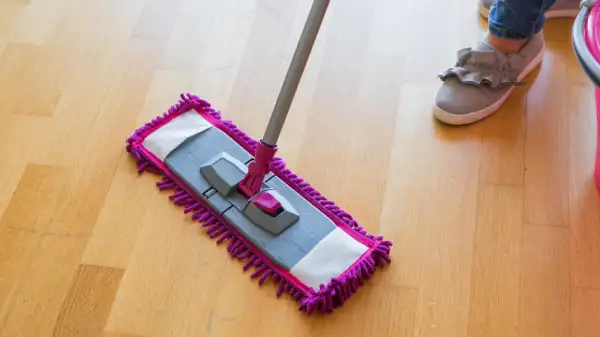
So, you’ve used diatomaceous earth on your hardwood floors, and now you’re wondering how to clean it up? The good news is that it’s relatively easy to do. Here are a couple of steps to help you out:
- Step 01: Preparation
- Step 02: Removing loose diatomaceous earth
- Step 03: Mopping the floor
- Step 04: Drying the floor
- Step 05: Inspecting and touching up
Step 01: Preparation
Proper preparation is crucial to restore the natural beauty of your hardwood floors. Begin by gathering all the necessary supplies for optimal cleaning results.
- Before you begin cleaning, gather the necessary supplies:
- Broom or vacuum cleaner with a brush attachment
- Dustpan or vacuum cleaner with a removable canister
- Microfiber mop or a soft cloth
- Mild dish soap or hardwood floor cleaner
- Warm water
- Bucket
Step 02: Removing Loose Diatomaceous Earth
Removing any loose diatomaceous earth is crucial before starting the deep cleaning process of your hardwood floor.
Begin by sweeping or vacuuming up any debris using a broom or a vacuum with a soft brush attachment. This will prevent scratching the surface of your hardwood floors. Ensure the vacuum cleaner has a removable canister or bag for easy disposal of the collected debris.
Remember that eliminating the loose diatomaceous earth is vital, as it simplifies the rest of the cleaning process.
Step 03: Mopping the Floor

Once you’ve gathered warm water and added a small amount of soap, dip your microfiber mop into the soapy water.
Gently mop your hardwood surface, being careful to avoid excessive moisture. Begin by mopping in small sections, making sure the mop or cloth is only damp and not dripping wet. This will help prevent any moisture from seeping into the hardwood and causing damage.
Rinse the mop or cloth frequently in the bucket, especially if it becomes too dirty. Continue moving back and forth across the entire floor until all traces of diatomaceous earth are removed.
Step 04: Drying the Floor
Once you’ve mopped your hardwood floors, it’s time to ensure their longevity by drying them thoroughly and protecting them.
After mopping, the floor may still be slightly damp, and you should remove any excess moisture with a dry microfiber mop or soft, absorbent cloth. Be sure to use additional cloths or towels if necessary to aid in the drying process and prevent any remaining moisture from seeping into the wood.
To help the floor dry more quickly, open windows or use fans to increase airflow. This will not only speed up the drying process but will also help prevent the growth of mold or mildew.
It’s essential to avoid walking on the floor until it is completely dry to prevent slipping and potential damage.
Step 05: Inspecting and Touching Up
As you examine and touch up your freshly mopped surface, scan for any lingering remnants and gently remove them. The residue left behind after using diatomaceous earth on hardwood floors can scratch them or damage them. Make sure all diatomaceous earth residue is gone.
It’s easy to touch up any remaining traces and ensure your floors are completely clean. To address any leftover spots, follow these three simple steps:
First, dampen a soft cloth with warm water and wring out any excess moisture. Next, gently rub the cloth over the remaining diatomaceous earth spots to loosen them. If necessary, apply a small amount of dishwasher soap or hardwood floor cleaner to the cloth and continue rubbing.
Then, wipe away the residue with a clean, dry cloth until the floor is clean and free of any diatomaceous earth particles.
With these steps, your hardwood floors will be completely clean and again ready for use. Plus, you’ll feel confident knowing that all the diatomaceous earth is gone.
How to Clean Wet Diatomaceous Earth from Hardwood Floor?

No need to panic if you have a wet diatomaceous earth mess on your beautiful hardwood floor. Removing it is a breeze.
To start off, allow the diatomaceous earth to dry up completely. This will make it easier to extract without damaging your hardwood floor surface. Once it’s dry, use a broom or a vacuum cleaner with a brush attachment to gently sweep or vacuum the residual earth.
Be cautious not to scratch your hardwood floor while cleaning.
Next, dampen a soft cloth or mop with warm water and mild soap. Gently wipe the affected area without saturating the hardwood. This allows for the soap to clean up the mess without leaving any residue or damaging the floor.
Once done, dry the floor completely with a clean towel to prevent any moisture damage. You can also use a fan to speed up the drying process. Then apply hardwood finishing products to re-seal the wood and restore its natural finish.
Why Should You Clean Diatomaceous Earth from Hardwood Floors?
To protect elegant wooden flooring, it’s crucial to regularly clean diatomaceous earth from hardwood floors to maintain their appearance and avoid potential damage. Leaving a powdery residue on the floors for too long can lead to moisture absorption and clumping of the powder, which can cause problems.
Furthermore, leaving diatomaceous earth on hardwood floors for extended periods can make the surface look dirty and dull and pose a risk of injury due to slipperiness. Therefore, cleaning diatomaceous earth from hardwood floors is essential to ensure their beauty and family safety.
To do this, use a vacuum cleaner or soft-bristled broom to remove the powder and follow up by wiping the floors with a damp cloth to remove any remaining residue. Regular cleaning is the key to maintaining hardwood floors in pristine condition and ensuring they remain safe over time.
What Happens If You Touch Diatomaceous Earth Splashed on Hardwood?
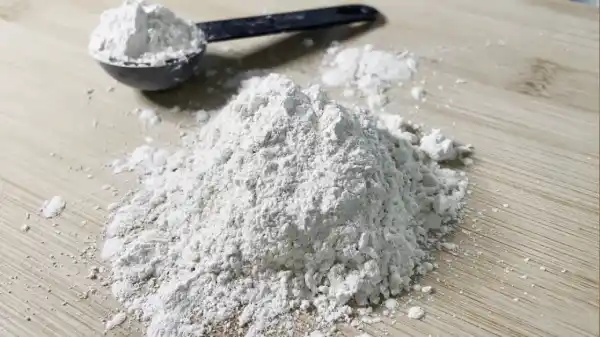
If you touch diatomaceous earth on hardwood without protection, it can cause skin irritation and dryness. Always wear protective gear, including gloves, long sleeves, and pants when cleaning it up.
Furthermore, the abrasive nature of diatomaceous earth can cause uncomfortable sensations like itching and redness on your skin. So, it’s advisable to avoid skin contact altogether.
If it comes in contact with your eyes, diatomaceous earth can cause redness, itching, and pain due to the silica and dust particles.
Do not touch your eyes with your hands. Use a clean cloth or tissue to remove any debris. If the irritation persists, it is better to seek immediate medical attention.
Clean Diatomaceous Earth from Hardwood Floors to Protect Your Home and Family
The important task of cleaning diatomaceous earth from hardwood floors must be balanced. Neglecting proper cleaning techniques can lead to long-term damage and pose a health hazard to household members.
Handling diatomaceous earth, dry or wet, with care is imperative, as it can cause skin irritation and inflammation. Utilizing warm water and mild soap to mop up the dust and allow the floors to dry thoroughly afterward.
Regular cleaning of diatomaceous earth from hardwood floors maintains their appearance and ensures longevity. By following proper safety protocols and taking preventative measures, homeowners can enjoy the beauty of their hardwood flooring for a long time.

